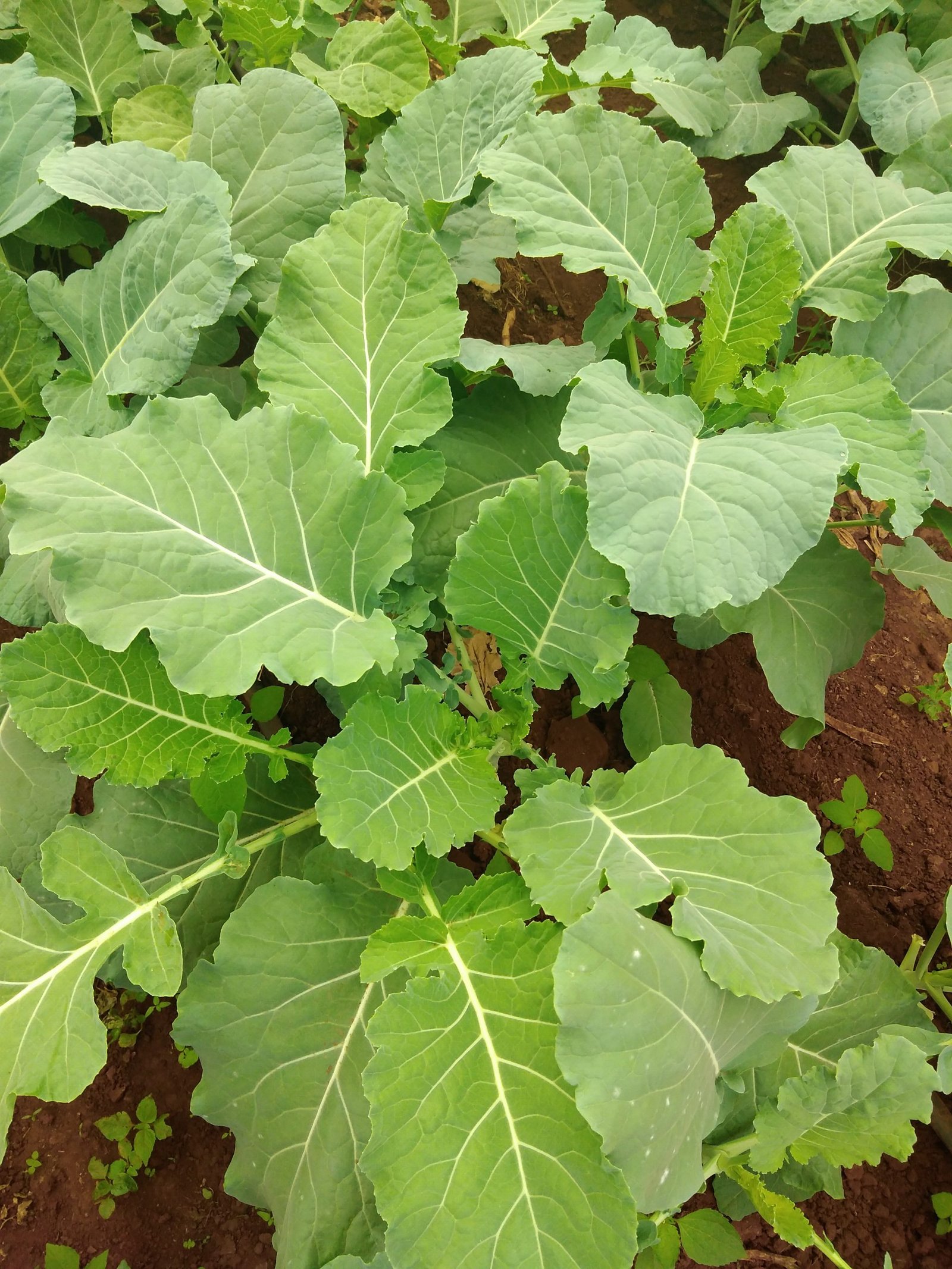Indigenous leafy vegetables, which were once overlooked as wild weeds and a “poor man’s food” in Kenya are now becoming much more common – grown on farms, sold in markets, and gracing the menus of restaurants,BBC reports.
At the busy Skinners Restaurant in Gachie just outside the capital, Nairobi, one employee says demand for “kienyeji” – as all local vegetable varieties are known – is higher than for other greens.
“Many people ask for kienyeji when they come here,” Kimani Ng’ang’a tells the BBC, despite the fact the restaurant charges extra for them as he says they are harder to source.
Vegetables like cabbage, spinach, kale, and spring greens, introduced by colonial authorities before the 1960s, are more readily available and cheaper. Spring greens are known as “sukumawiki”, meaning “stretch the week” in Swahili, reflecting how they have become a daily staple.
But diners in Gachie are part of the growing wave of Kenyans who see the benefits of eating local, organically produced nutrient-rich varieties of greens.
“It detoxifies the body and is good for weight loss,” says James Wathiru, who ordered “managu” – or African nightshade.
Another person told me: “It’s all about its taste, which is better.”
According to horticulture professor Mary Abukutsa-Onyango, this trend is reflected in government data and some of the health benefits are backed by research
Over the last 10 years, production of local greens has doubled – with 300,000 tonnes produced by local farmers last year, she says.
It is a remarkable change in attitudes, given people used to look down on traditional crops as inferior – not realising they were often more resistant to diseases and pests, meaning they can be grown organically.
In the 1980s, when Prof Abukutsa-Onyango began her studies, she says she was perplexed to find them referred to as “weeds”.
“We never learnt about African indigenous vegetables. They were calling amaranth ‘pigweed’ [and] spider plant, they were calling it ‘spider weed’,” she tells the BBC.
Her postgraduate research on traditional plants was also tricky as there was no literature about them, but she persevered and now works with the government to promote them for food security.
She says managu and other local vegetables like “mrenda” (jute mallow) and “terere” (amaranth) have more essential minerals than sukumawiki, as well as “higher levels of vitamin A and C [and] antioxidants” that boost immunity and reduce the risk of disease.
Some varieties also contain protein, making them an excellent option for vegetarians. She notes for instance that 100g (3.5 ounces) of mrenda – known for its distinctive slimy texture when cooked – contains more nutrients than a similar portion of common cabbage.
The progress people like Prof Abukutsa-Onyango have made in promoting the diversity and knowledge of indigenous vegetables was acknowledged by Unesco in 2021, when the UN cultural agency commended the East African nation for the “safeguarding of intangible cultural heritage” that had been threatened by “historical factors and the pressures of modern lifestyles”.
It noted that Kenya had begun a project in 2007 involving scientists and local communities to record an inventory of traditional foods, which now includes 850 indigenous plants and their local names.
Some of these vegetables are consumed nationwide, while others are more regionally specific or associated with particular communities.
But sukumawiki, first introduced to Kenya from the Mediterranean as animal feed, is still favoured by many farmers, with more than 700,000 tonnes produced in 2023 – more than double the volume of all indigenous leafy vegetables combined.
Francis Ngiri, who used to farm in Kirinyaga in central Kenya where cabbages are a mainstay crop, explains that this is because, especially during the 1970s, those growing imported leafy vegetables used fertilisers and pesticides that damaged the local biodiversity.
Today, he tells the BBC, only the introduced varieties thrive as the soil has become too acidic to support many native species.
CREDIT – BBC


